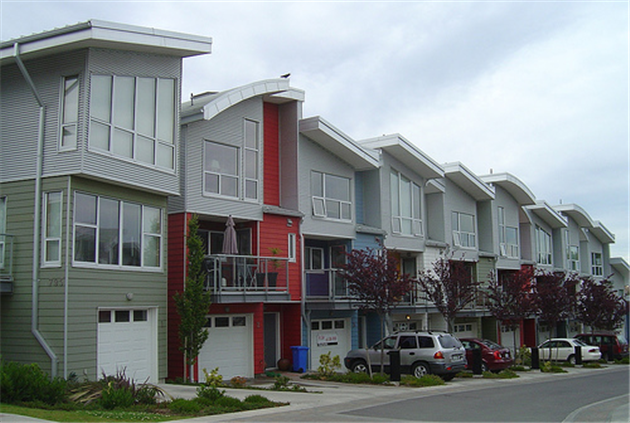3 Things You Should Consider Before Transforming a Foreclosure into a Rental Property

Foreclosure properties are attractive to buyers because they represent a bargain. Purchasing property below the actual market value provides an opportunity to obtain a higher return on investment and can create a scenario where the home can be turned into a rental. However, many individuals who make these purchases do not have experience being landlords and may not understand the intricacies of running a rental business. Furthermore, even experienced landlords may fail to consider certain facts about the property that can make the difference between making a profitable acquisition or facing a hurdle of issues with the investment.
Many property owners faced foreclosure because of the subprime mortgage crisis that caused the recession that started in 2009. Between February of 2008 and February of 2009, cities like Seattle, Washington experiences a 51 percent increase in foreclosures. These figures are not unique to Seattle, as other major metropolitan areas faced similar statistics, some going as far as landing entire neighborhoods in foreclosure. If a neighborhood has too high a vacancy rate, rental prices will suffer. Furthermore, properties that are abandoned may also fall victim to vandalism and squatting. Therefore, future landlords need to research these types of statistics. Other considerations also need to play a role in the bid price of a property. For example, too many properties for rent may drive up the competition and the laws of supply and demand will influence the overall price that a rental property can command. Looking at similar properties in other neighborhoods with fewer rentals may not only produce a better rental price, but the property may also rent quicker.
A foreclosure property investor should always investigate how previous owners maintained a home. Over 40 percent of homes in foreclosure were investment properties; therefore, the probability that the property was used as a rental is high. Interested parties should ask neighbors about previous residents. Furthermore, look at the property for signs of maintenance. Are the walls, ceilings, and lighting well kept? Look at the kitchen appliances. Do these need to be replaced? Make a detailed list of each item in the home that a new investor needs to fix, maintain, or replace and add these expenses to the overall cost of the property. When making a bid, these values should play a factor. Even if a property seems to be cheaper because of the price, the overall investment in fixing walls, replacing home appliances, and performing overall maintenance may offset the bargain price, thus making other better-kept properties as a better option.
Consider a property’s current situation regarding residents. In 2009, President Obama signed a law specifying that leases survive the process of foreclosure. Unless a buyer intends to occupy the foreclosed property, the current renter lease must be honored by the new landlord. Therefore, these rent control laws provide a basis for what to do if a foreclosure property is purchased, is intended on being used as a rental, and has current tenants. If the current price is adequate and the tenants are good renters, then the property may be a great choice. However, before deciding, run a tenant credit check, and make sure that they pass a screening process. Otherwise, being stuck with a property that has current occupants that do not want to leave and do not pass a screening process can create an expensive scenario that is best to avoid. Moving on to another foreclosure property without the potential for a long eviction process may prove to be more profitable. Overall, new and experienced landlords should always consider the different factors that influence the price and total cost of ownership.
